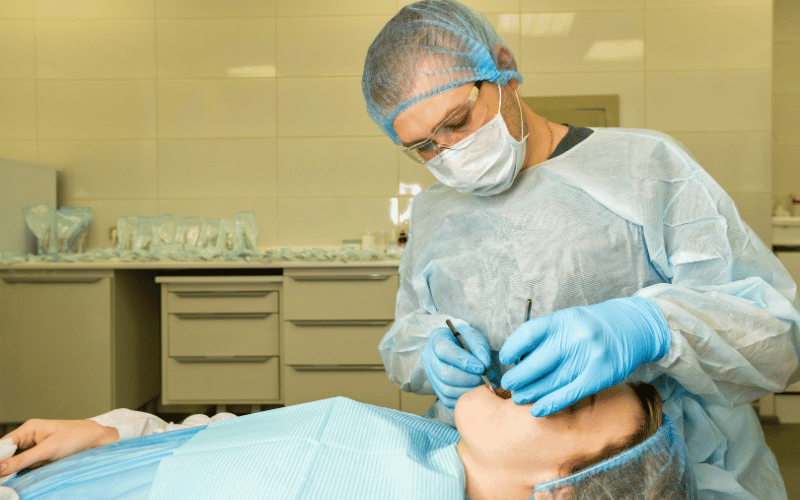Fact 8: Delving into the Styloidectomy

Styloidectomy, in essence, is the surgical removal of the elongated styloid process. It’s considered when other non-invasive treatments fail to bring relief. The surgery can be performed intraorally (through the mouth) or externally, with the former being more common due to fewer associated complications and no visible scar.
Before undergoing the procedure, patients undergo a series of tests to ensure they’re fit for surgery. This includes blood tests, radiological investigations, and sometimes, a mock simulation of the surgery. Counseling sessions are equally vital, ensuring the patient has realistic expectations and understands potential risks.
During the procedure, the elongated portion of the styloid process is accessed and then carefully removed, ensuring minimal damage to surrounding tissues. Precision is key. Once removed, the area is sutured, and the patient is moved to a recovery room.
Recovery varies from patient to patient. While some might feel instant relief, others might need a few days for the swelling and pain to subside. Physical therapy often follows surgery to aid in faster recovery and to ensure that neck mobility isn’t compromised.
Like any surgical procedure, styloidectomy isn’t without its risks. These can range from infection, nerve damage, scar tissue formation, to more rare complications like internal bleeding. However, with skilled surgeons and proper post-op care, these risks are minimized. (8)